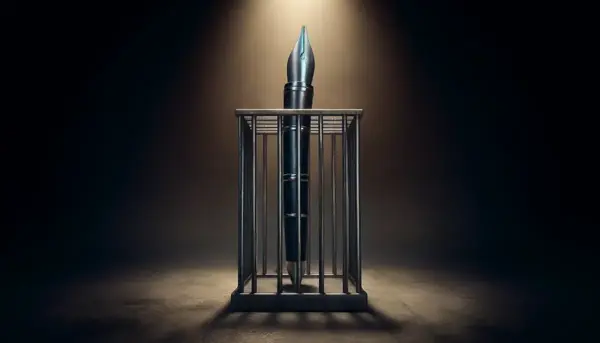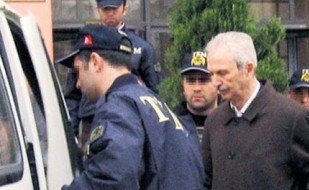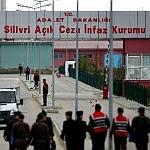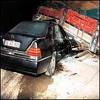“Ergenekon” Gang Linked to Several Murders
It all started last year, when a weapons arsenal was found in Ümraniye, Istanbul. There was a media coverage ban on the event, and on 21 January of this year, arrests began.
So far 38 arrests in "deep state" case
In total, there have been 38 arrests so far, including several retired army officers, ultra-nationalist lawyer Kemal Kerincsiz, two academics and two writers.
The roots of the gang are said to go back to the Susurluk case of 1996. A car accident in that city shook Turkey because it revealed connections between the state, the mafia, and nationalist hitmen. Ever since, there is widespread belief in a “deep state”, which is said to rule the country behind the screen of a democratically elected government.
Ergenekon: links to State Council attack
The investigation has found links between the Ergenekon gang and the attack on the State Council in 2006, in which one judge was killed. The murder suspect Alparslan Arslan is currently on trial.
Now the Istanbul Chief Public Prosecution has been handed a photo in which retired general Veli Kücük, one of the main suspects in the Ergenekon gang is seen with Arslan.
The photograph had been published by the Azadiya Welat newspaper. When it was first published, Kücük had denounced it as a photo montage. It has now been added to the investigation file.
Murders of Hablemitoglu and Garih
There are also suspected links between the Ergenekon gang and bomb attacks on the Cumhuriyet newspaper in 2006, as well as the murder of academic Dr. Necip Hablemitoglu. One arrested suspect, Durmus Anucin, has told the prosecution that he killed the academic together with an Ibrahim Ciftci; the latter was himself murdered later. The hand grenades used to kill Ciftci in his office are said to be of the same series as the arsenal found in Ümraniye.Now the investigation is also reconsidering the murder of Üzeyir Garih, a prominent businessman stabbed to death in 2001. Although a young man was convicted of the murder, some people have always suspected other connections.
According to reports in the media, house searches connected to an arrested Ergenekon suspect have revealed documents, blood samples, DNA tests and an autopsy report related to Garih’s murder.
Bianet writer investigated for "breaching ban"
Meanwhile, an investigation has been initiated against journalist Serdar Degirmencioglu, who wrote an article on the bianet website concerning the Ergenekon operation. Degirmencioglu had criticised the broadcasting and publishing ban on the operation by giving examples from the media.
The prosecution has sent orders to the police for Assistant Professor Degirmencioglu, an independent researcher and children’s rights activist, to be questioned.
In an article entitled “What are these arrests compared to the real dangers?” published on the bianet website on 30 January, Degirmencioglu had said ironcially, “There is a newspaper which really follows the publishing ban: the Yenicag newspaper. What importance do Gladio, Susurluk, Ergenekon, the deep state, attacks have when there is still a danger of foreign powers besieging the country?”
Degirmencioglu was referring to the fact that the Yenicag newspaper had not given the names of the people arrested in the Ergenekon operation, and had preferred to write about Armenians and Article 301.
Günlük Evrensel and other media organs also investigated
The same article was printed in the Günlük Evrensel newspaper on 1 February, and the newspaper is also being investigated. Editor-in-chief Ugras Vatandas has given a statement to the prosecution, pointing out that the article did not report on the content of the investigation.
The Günlül Evrensel newspaper is facing 6 or 7 investigations because of its coverage of the operation. In two cases, so Vatandas, the newspaper has been ordered to pay 20,000 YTL preliminary fines. Because they have refused, trials have been opened.
Dozens of newspapers and TV channels are being investigated for breaching the broadcasting and publishing ban on the Ergenekon operation. (EÖ/AG)
BİA MEDIA MONITORING REPORT 2024
The government made journalists' lives a living hell in 2024
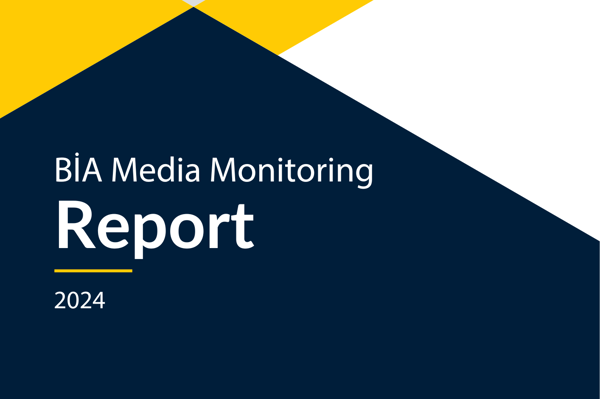
BİA MEDIA MONITORING/OCTOBER-NOVEMBER-DECEMBER 2024
Truth concealed through repression from all sides targeting journalists
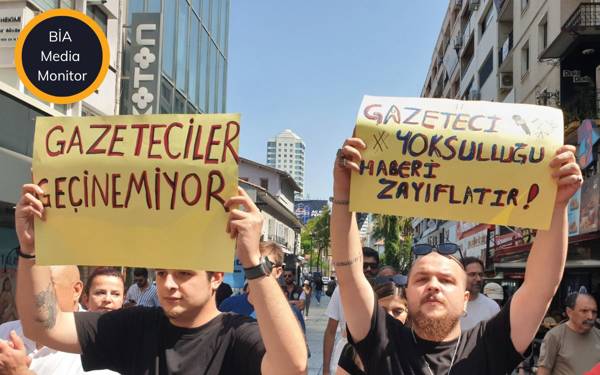
BİA MEDIA MONITORING REPORT
Just silence the journalist, and I won't touch you!

BİA MEDIA MONITORING APRIL-MAY-JUNE 2024
Journalists are on the target and have no legal security anymore!
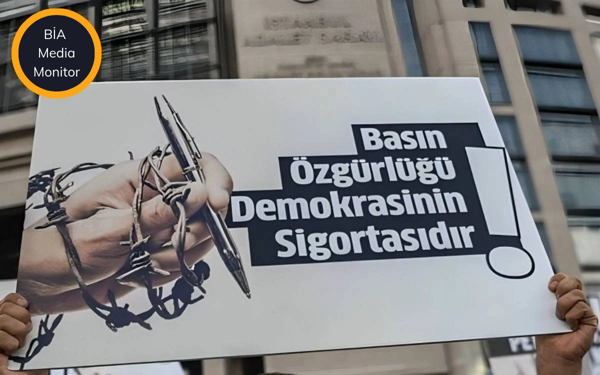
BİA MEDIA MONITORING REPORT
The era of 'judicial control' confinement and torture in journalism
